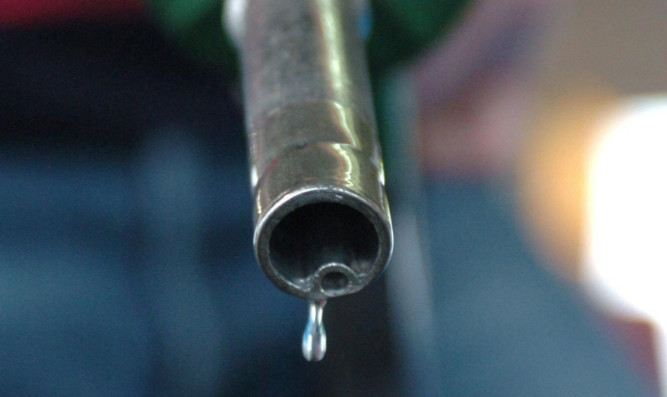Motorists in some of the UK’s most rural mainland areas are paying less for their fuel from today.
Since March 2012, drivers in remote island spots have had 5p a litre knocked off their petrol and diesel, with service stations able to claim the money back from the Treasury.
Earlier this year, the coalition Government announced that following EU approval, the 5p rebate was being extended from the end of May to 17 to the most remote areas on the mainland.
Around 125,000 motorists in parts of the Highlands, Argyll and Bute, Northumberland, Cumbria, North Yorkshire, and Devon are eligible.
Damian Hinds, Exchequer Secretary to the Treasury, said: “People living in some of the UK’s most rural areas will now benefit from a 5p per litre fuel discount thanks to the Rural Fuel Rebate, which effectively comes into force today.
“Fuel is often more expensive in very rural areas, even though cars are more of a necessity. However, people in 17 areas ranging from the Highlands to Devon will now be able to buy cheaper fuel, making travelling to work and school far easier.”
RAC Foundation director Steve Gooding said: “This is good news for tens of thousands of drivers living in the farthest reaches of the UK, but they are not alone in worrying about fuel prices. So do the rest of the country’s 37 million drivers.
“Oil prices have rebounded 50% since the lows we saw at the start of the year and pump prices are up 9p or 10p over the same period.”
He went on: “The big question is: what will happen in the emergency Budget on July 8? Most motorists will hope that, at the very least, the Chancellor sticks to his pre-election promise of keeping fuel duty frozen.
“But even if he does, two-thirds of what we pay on the forecourt will still end up in the Exchequer.”
AA president Edmund King welcomed the extension of the rebate.
But he said: “We are still concerned that new pump price increases may spark accusations of the rebate not being passed on in its entirety, as happened on Shetland in 2012.
“However, that will not be the fault of the forecourt owners but the failure of the Government and the former Office of Fair Trading to recognise that fuel price transparency is needed to inform consumers of wholesale price movements.
“In reality, with fuel tanks giving cars a tank range of 300 to 400 miles, we expect that many rural drivers will still fill up more cheaply when they do the fortnightly or monthly supermarket shop in the bigger local towns.
“However, rural workers, community drivers, school-run families and others who do more miles locally will benefit in particular from saving. Most importantly, when people are snowed in, facing bad weather, or running low on fuel, fuel stations will still be there to keep the communities moving.”
